Adaptable workflows
for neural activity analysis
in an open-source environment
Robin Gutzen
2023-06-21 | International Forum on Neural Engineering & Brain Technologies
r.gutzen@fz-juelich.de
@rgutzen@mstdn.social

Cortical Wave Activty
propagation of activity (phase) in spatially coordinated patterns
data from Chen et al. (2002) Sci. Data
Cortical Wave Activty
(in different frequency ranges)
is thought to ...
degree of consciousness
Koch et al. (2016)
Dasilva et al. (2021)
Pazienti et al. (2022)
indicate
attention
Ermentrout & Kleinfeld (2001)
Fries et al. (2001)
Lakatos et al. (2008)
Jensen et al. (2021)
Bhattacharya et al. (2022)
gate
information processing
Fries (2005)
Roland et al. (2006)
Xu et al. (2007)
van Kerkoerle et al. (2014)
Michalareas et al. (2016)
coordinate
task performance
Zhang et al. (2018)
Davis et al. (2020)
predict
working memory
Jutras et al. (2013)
Bhattacharya et al. (2022)
maintain
neurological disorders
Alexander et al. (2009)
Ferrarelli et al. (2007)
Dasilva et al, (2020)
Sato et al. (2022)
potentially mark
classification learning
Tonielli et al. (2022)
improve
sleep quality
Massimini et al. (2004)
underlie
Huber et al. (2004)
Muller et al. (2016)
Botella-Soler et al. (2012)
Botella-Soler et al. (2012)
Massimini et al. (2004)
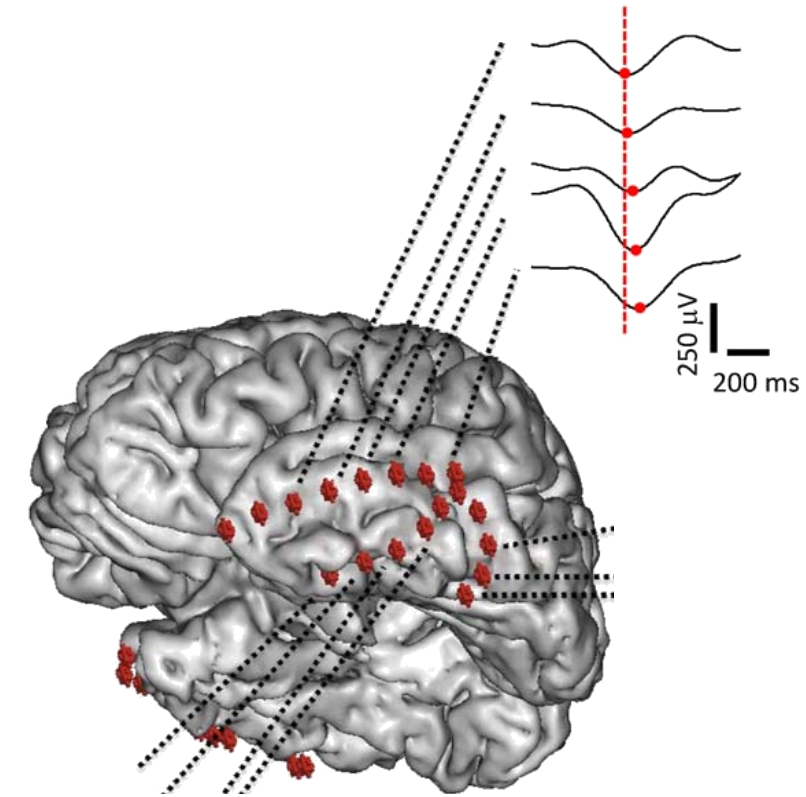
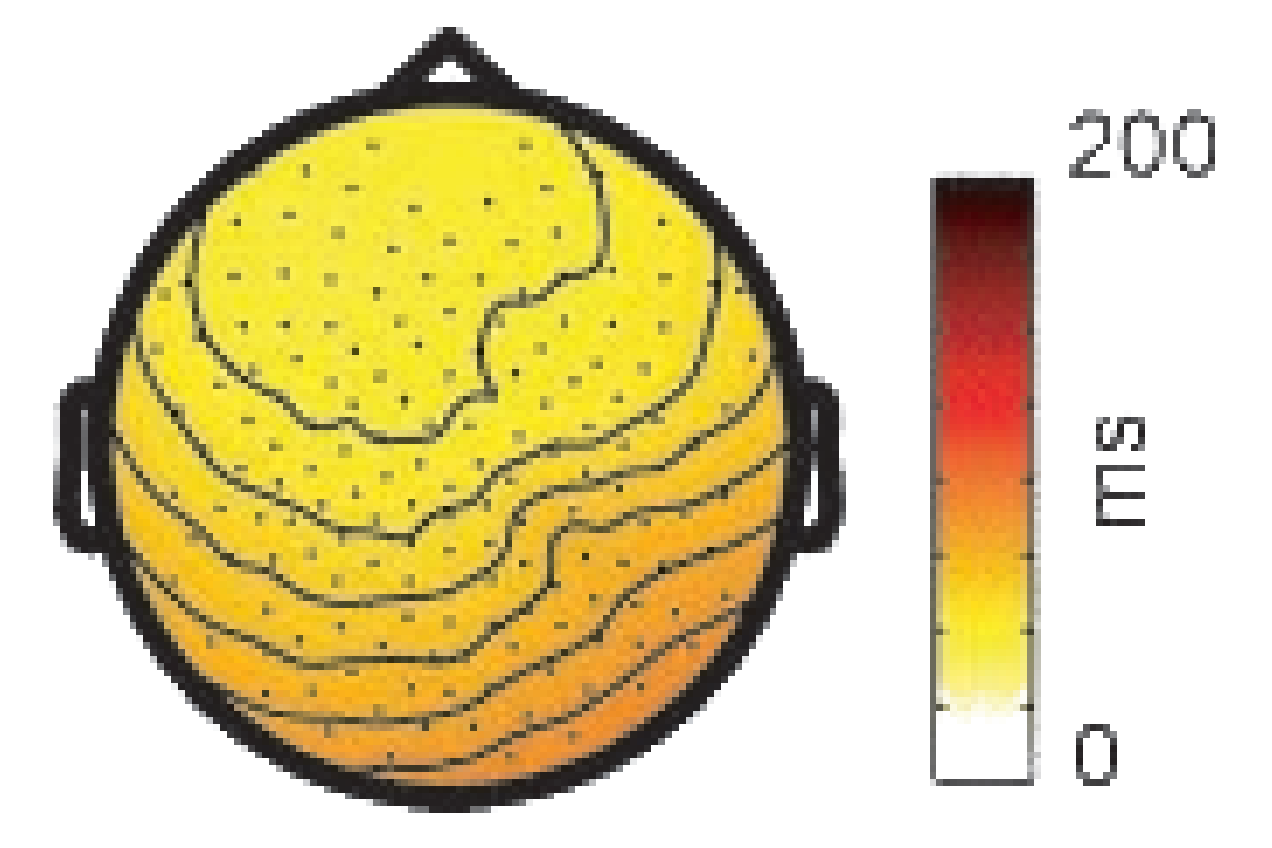
Challenge | Lack of Comparability
measuring slow waves (<1Hz)
during sleep in humans
using the equivalent methods
(wave definition, filters, detection thresholds)
using EEG recordings
velocity = 2.7 +- 0.2 m/s
velocity = 1.0 +- 0.2 m/s
?
effect of
implementation or biology


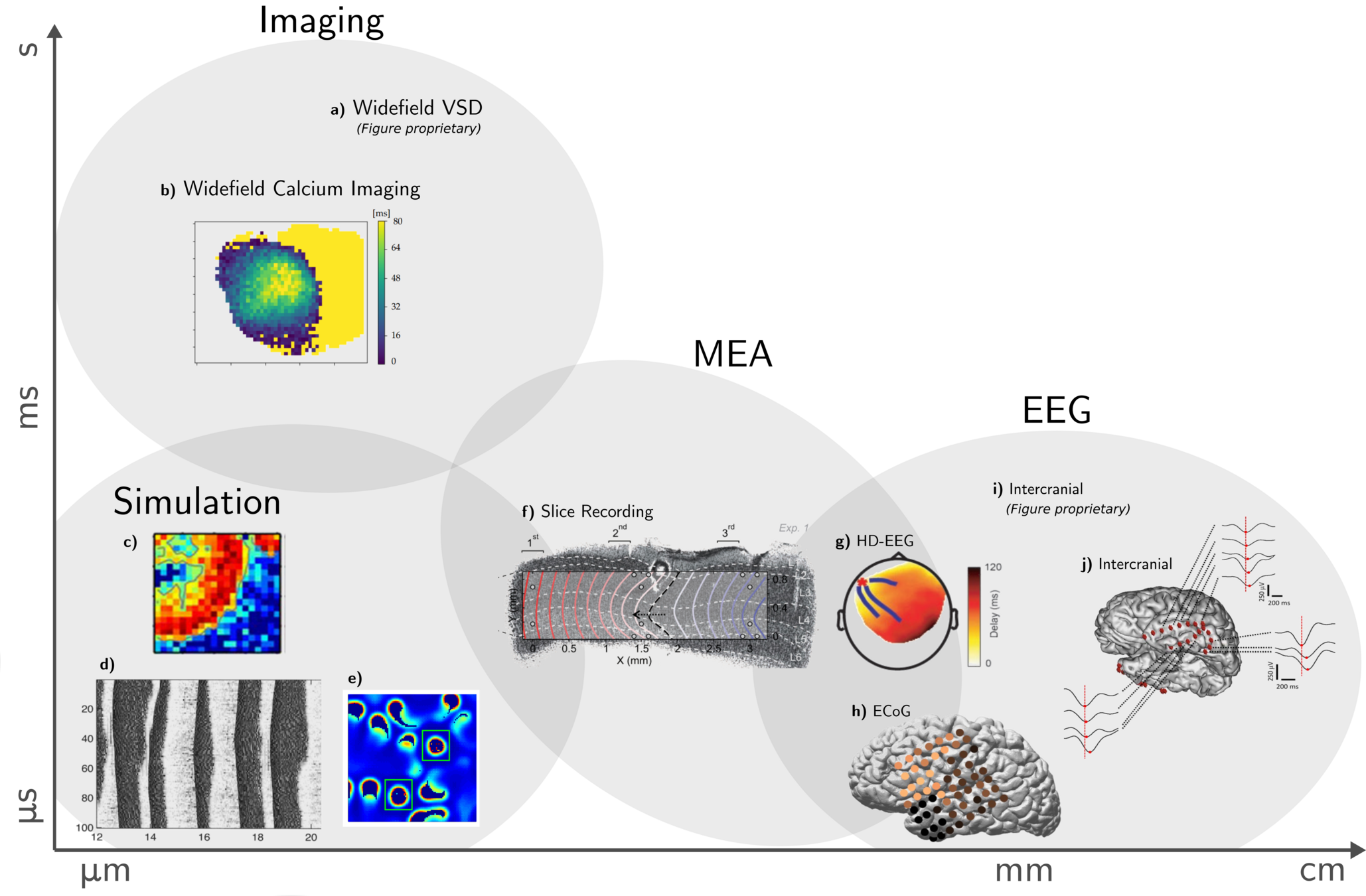
Challenge | Heterogeneous Data Sources & Non-reusable Software
Data providing viewpoints from various
- measurement techniques
- spatial and temporal scales
- species, and brain areas
Analysis tools should be
- reusable
- extendable & combinable
- maintainable
inset figure references in Gutzen et al . (2022)
... and to leverage this data richness
Challenge | Puzzle Pieces vs. Building Blocks


model for representing electrophysiology data intefacing to various file formats
community-centered library for the analysis of electrophysiological data
workflow management system is a tool to create reproducible and scalable data analyses
open research infrastructure that gathers data, tools and computing facilities
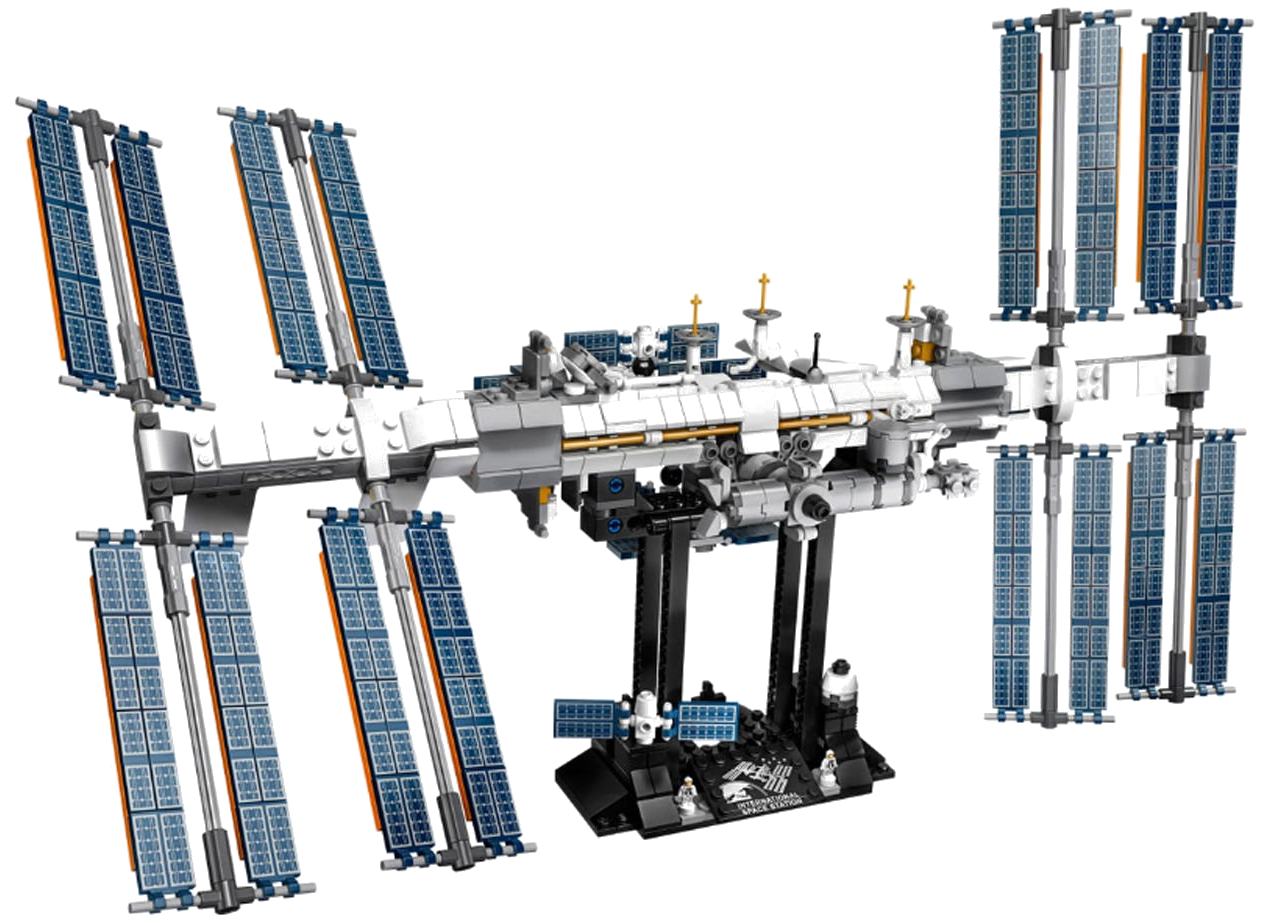
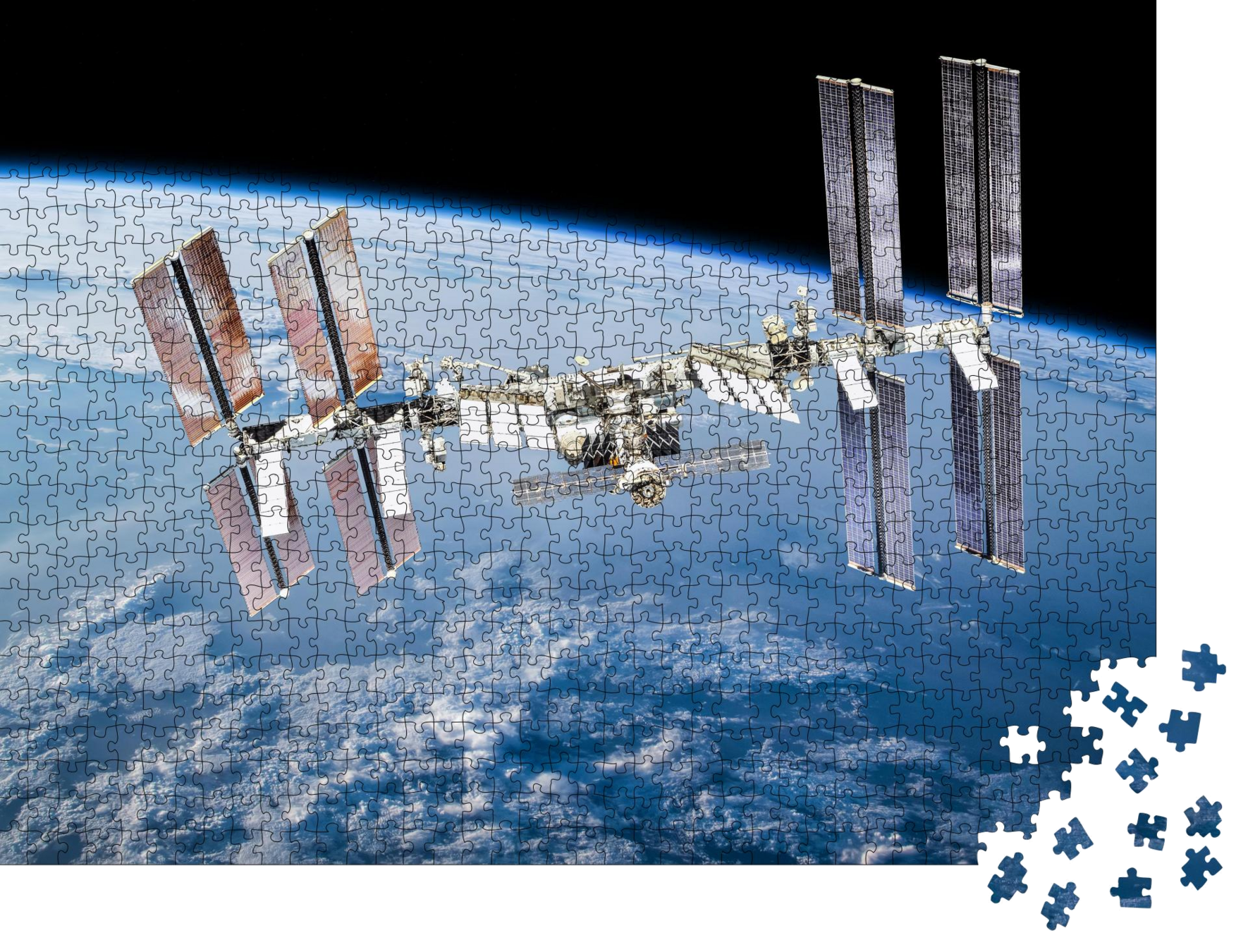
Modularity
elements are combinable in multiple ways


Adaptability
elements can be added, removed, or changed


Reproducibility
elements are individually maintainable


Reusability
elements and parts are useful on their own


Versatility
usability can be expanded beyond the inital scope


Approach:
Creating modular shared components
operating on common standardized descriptions.
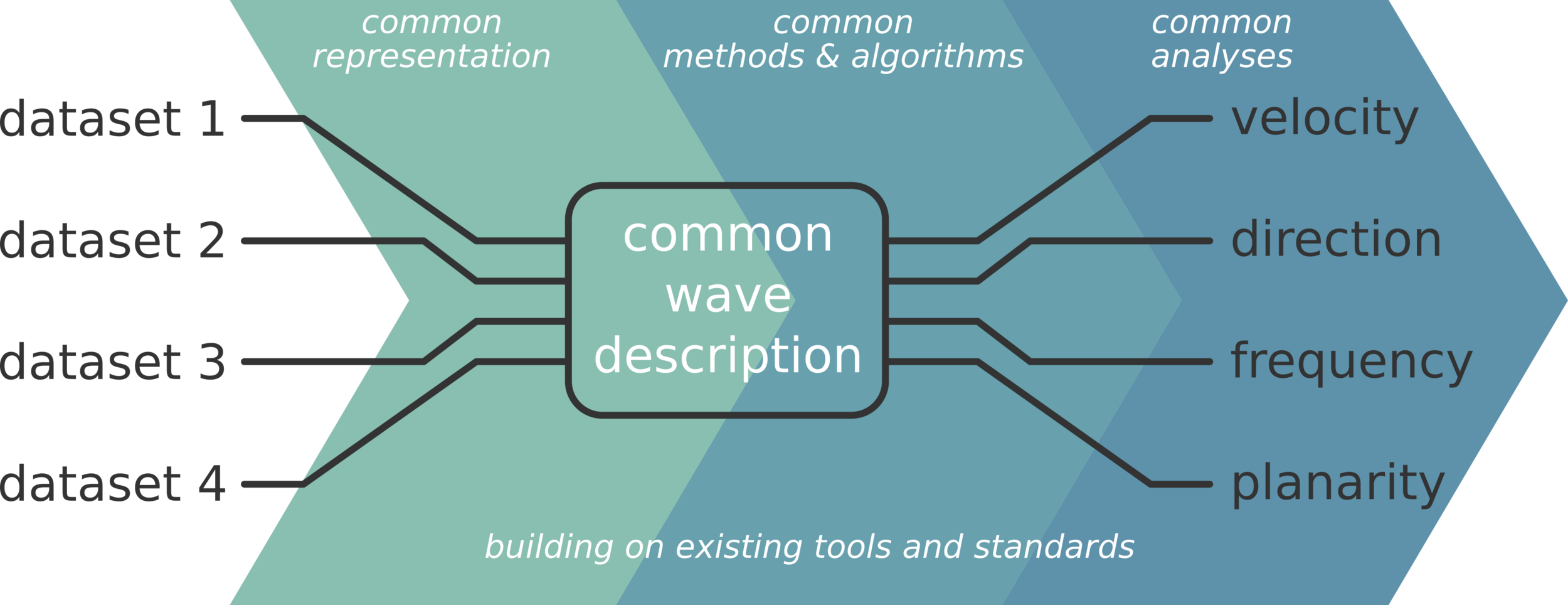
Goal:
Providing reusable analysis workflows for
relating knowledge across neuroscience domains.
common
brain wave characterizations

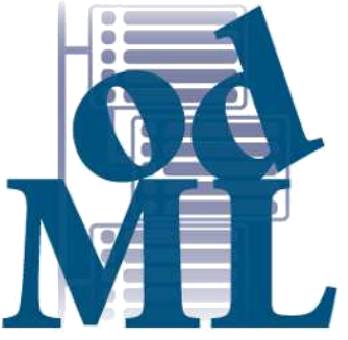

Approach | Common Description Levels
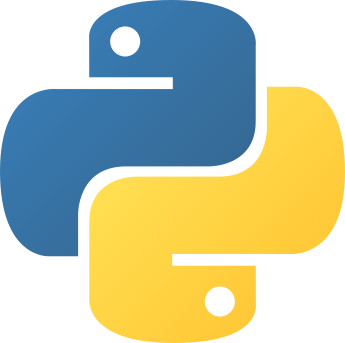


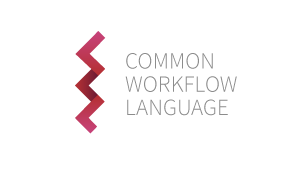




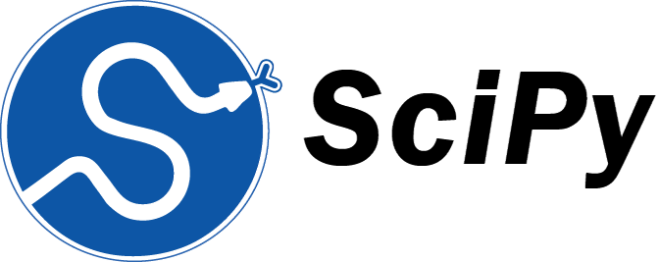
EEG
M EG
ECoG
Calcium Imaging
Implanted
Arrays
Model
Simulation
...
spatio-temporal
activity data
cobrawap.readthedocs.io
Approach | Pipeline of Modular Components
EEG
M EG
ECoG
Calcium
Imaging
Implanted
Arrays
Model
Simulation
...
ECoG
Calcium
Imaging


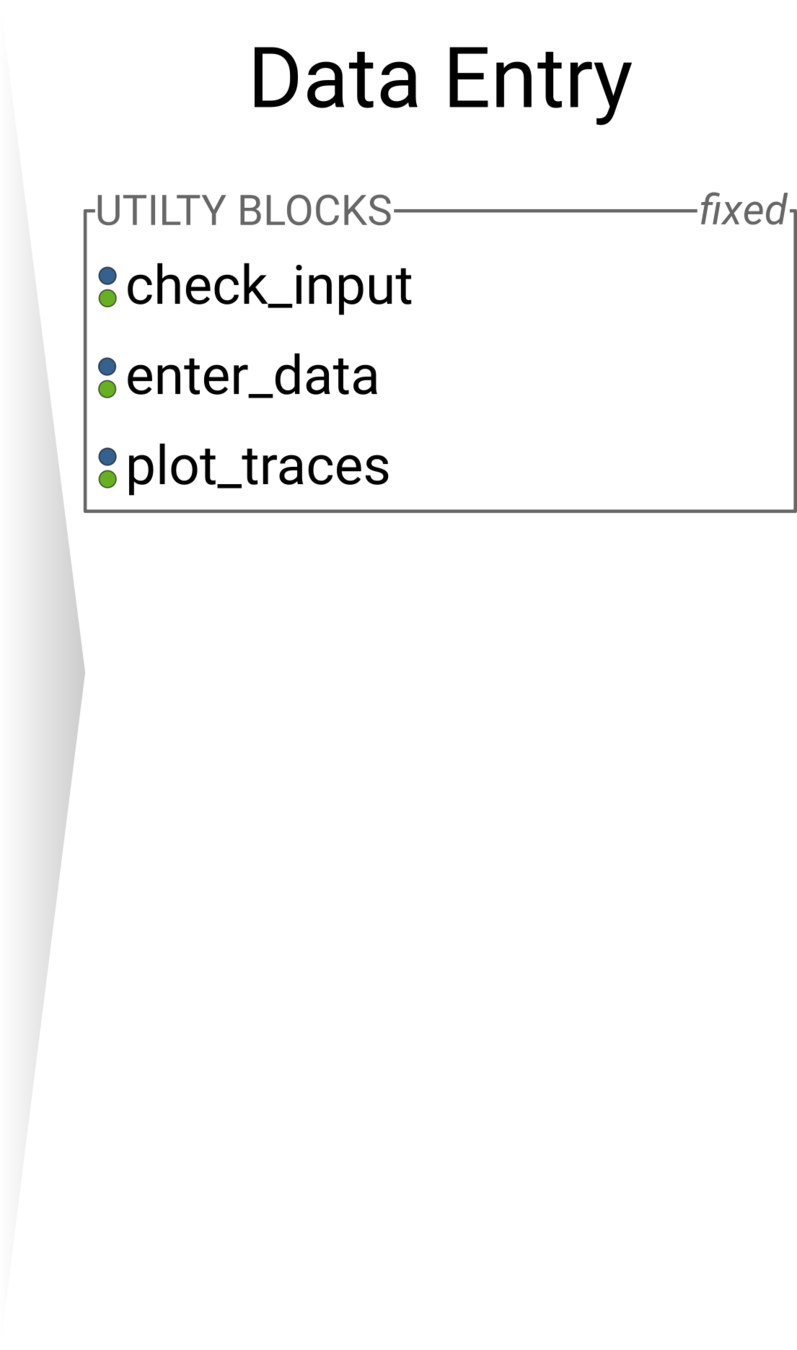


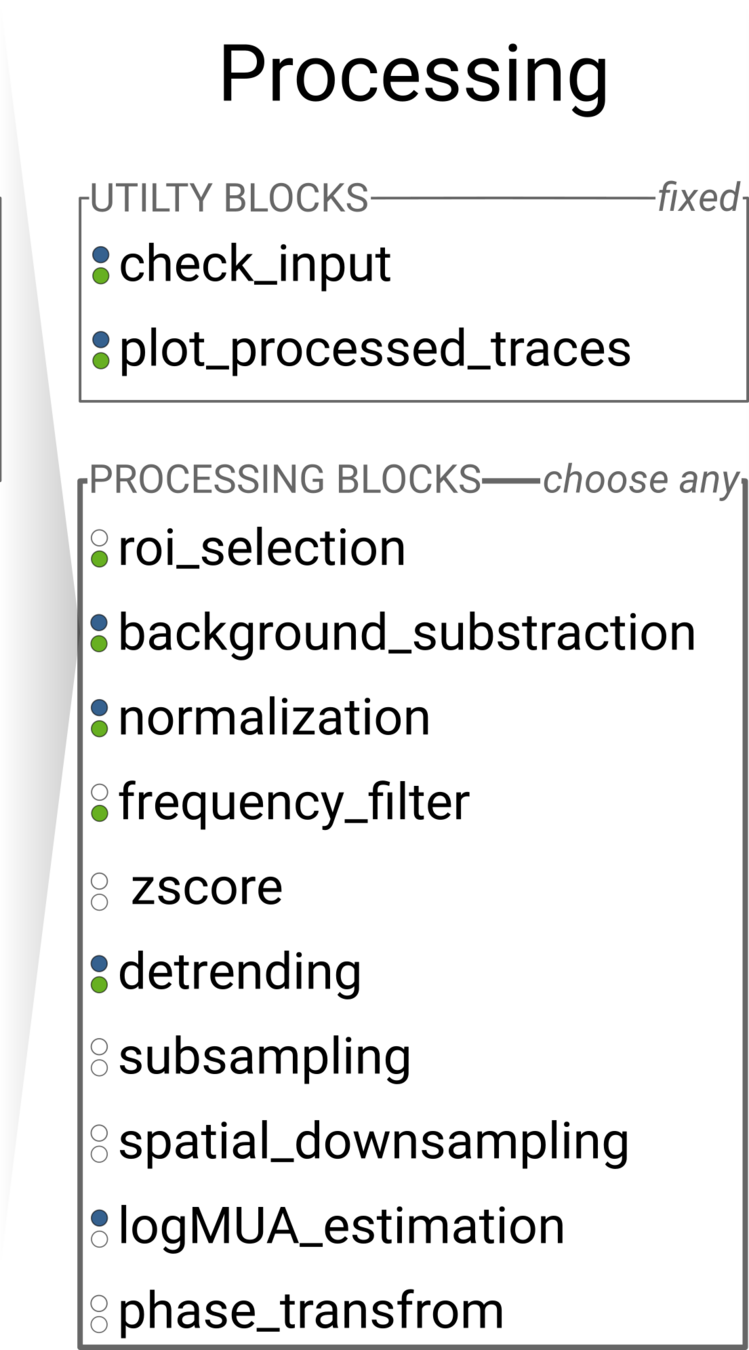


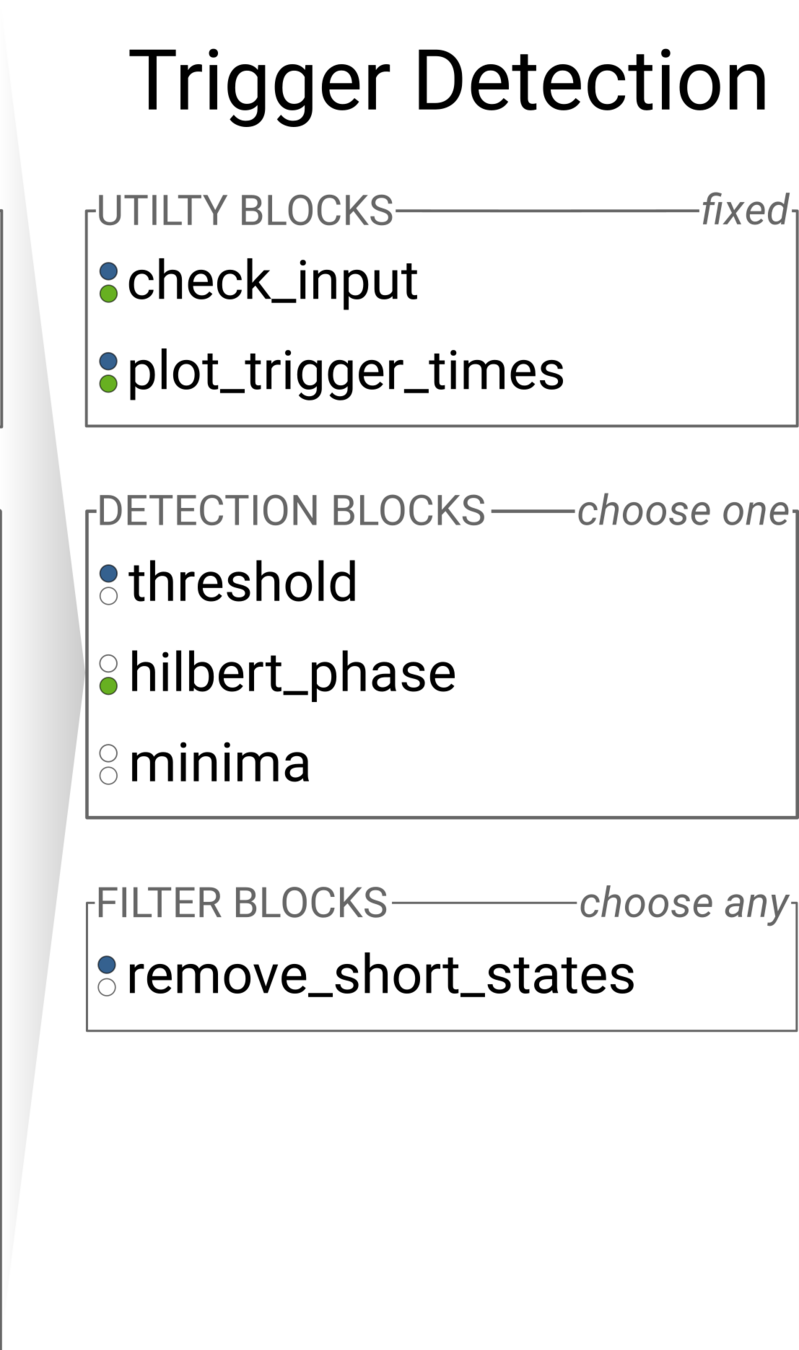


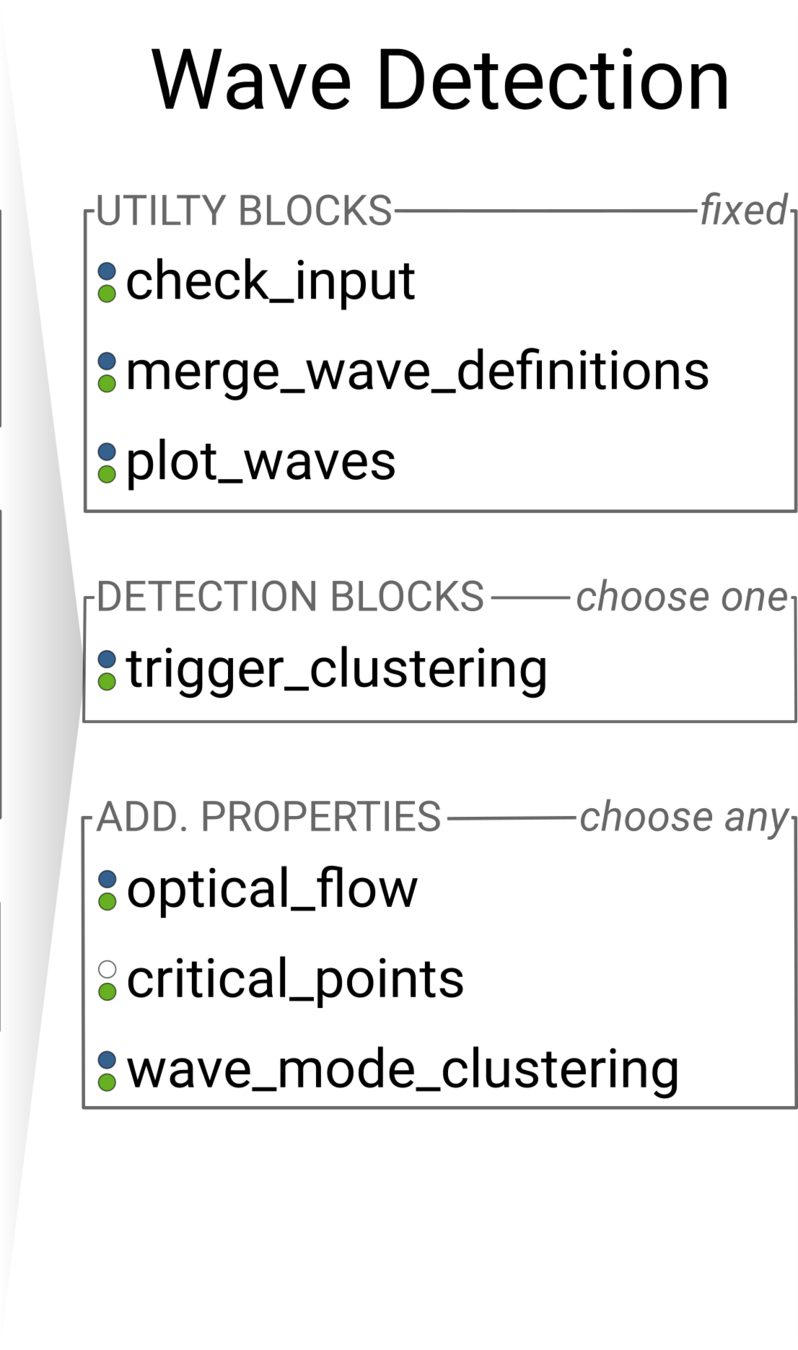
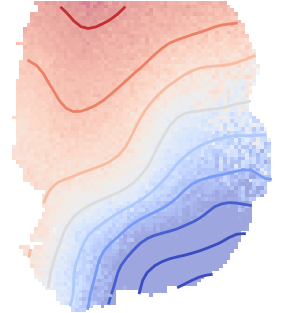
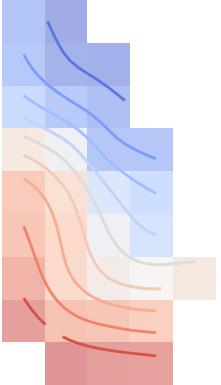


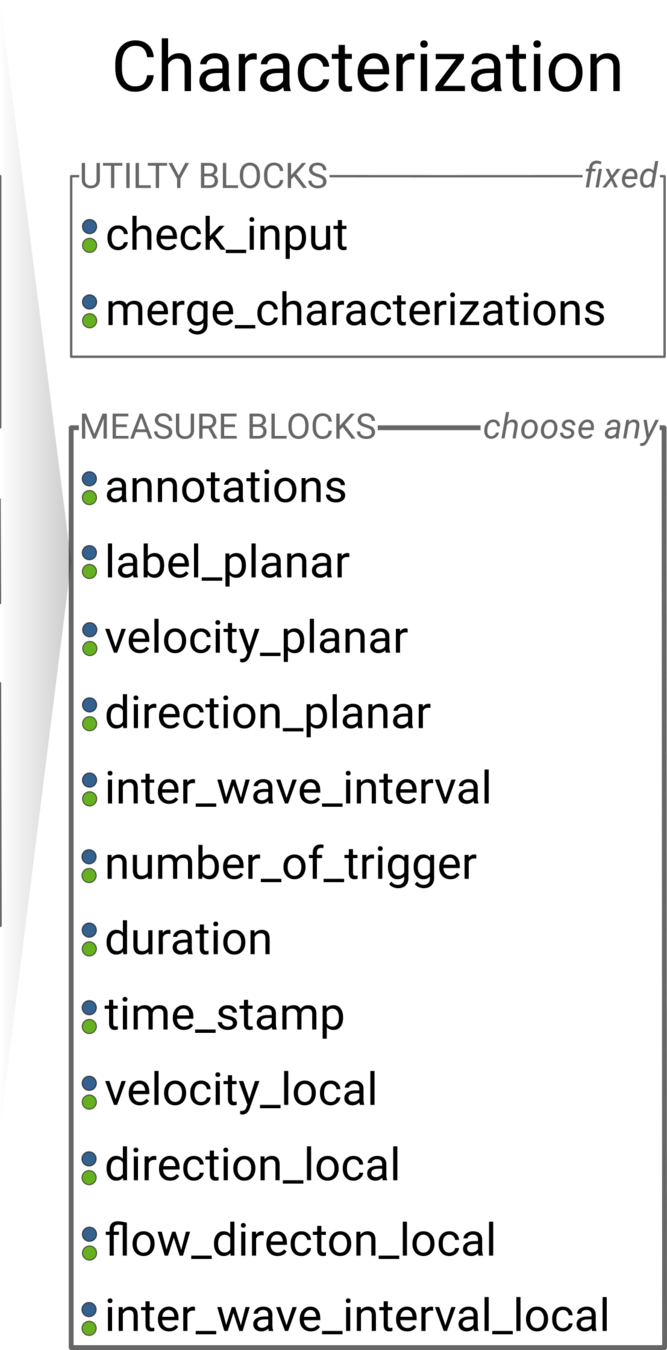
ECoG
Calcium
Imaging
Application | Meta-Study across Data Sources
Gutzen et al. (2022) arxiv
using 60 open-access datasets of anesthetized mice
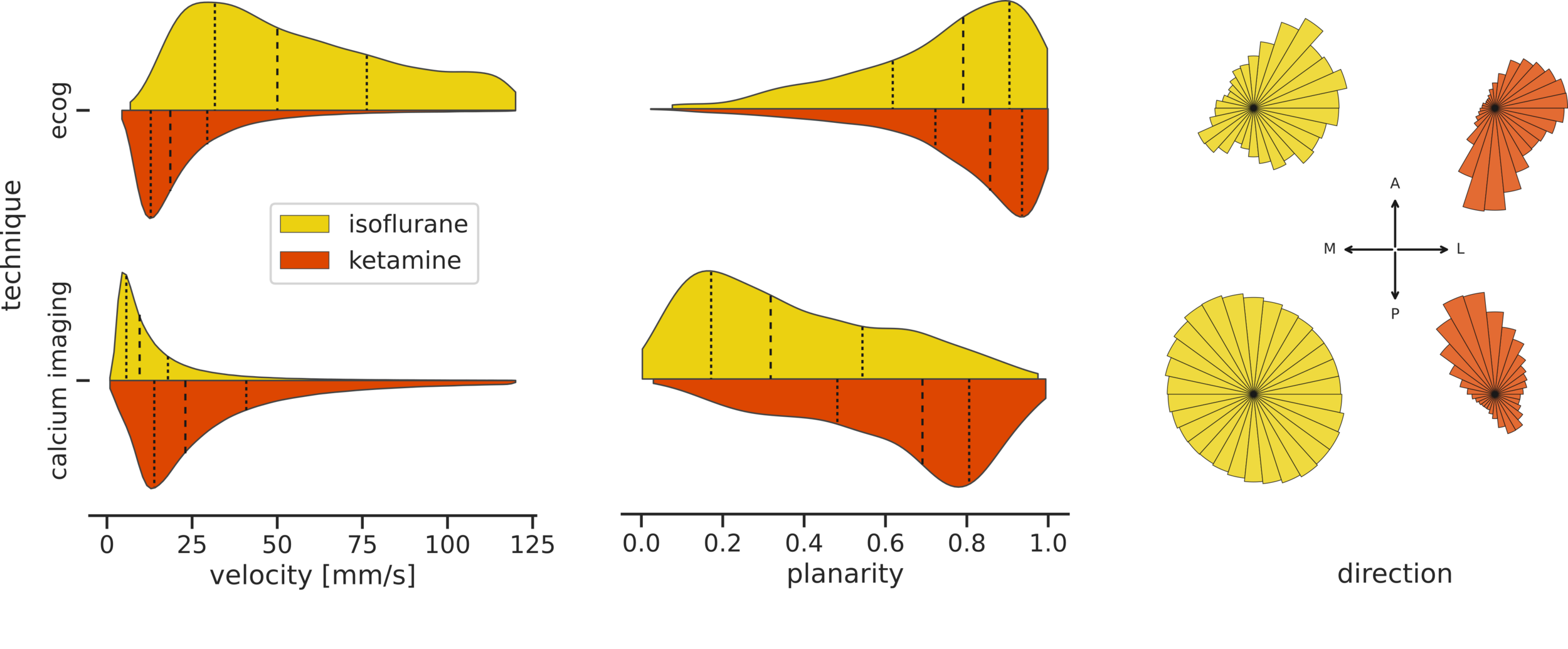
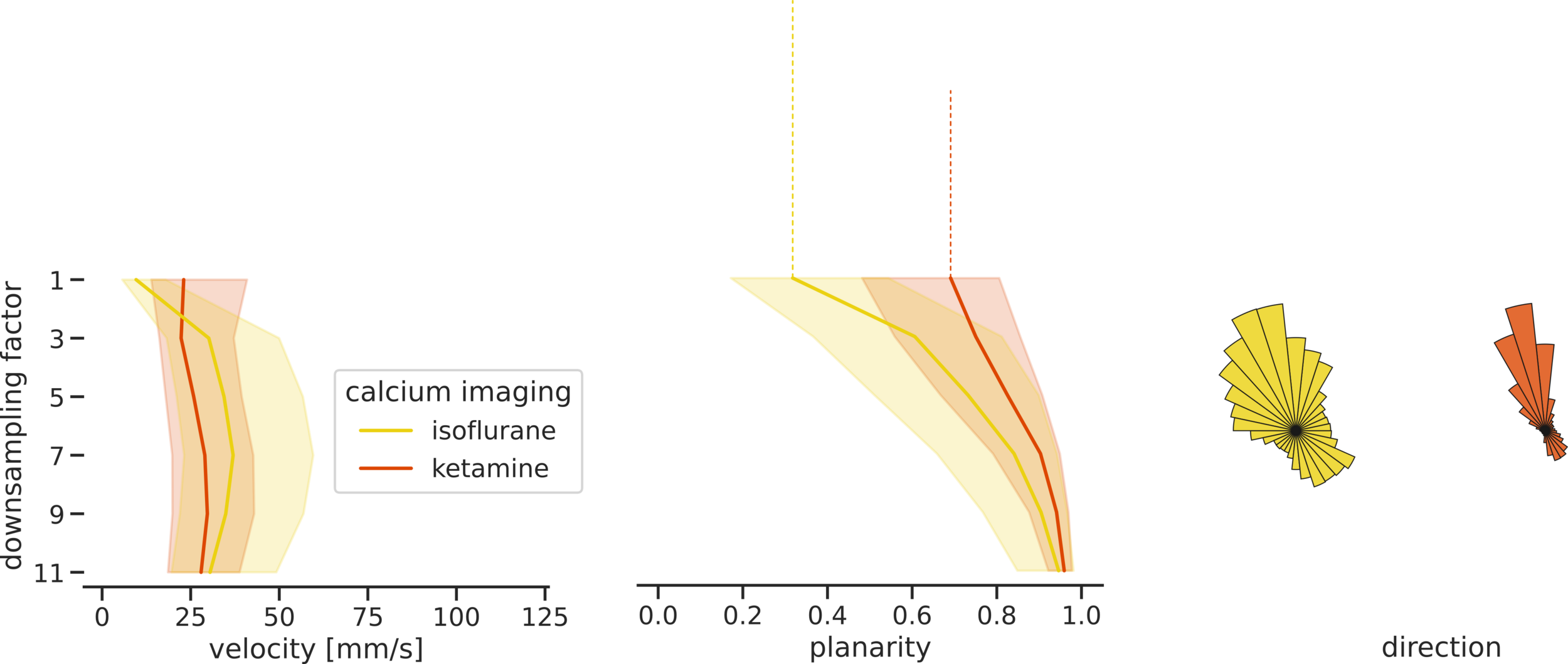
Model
Simulation
Calcium
Imaging
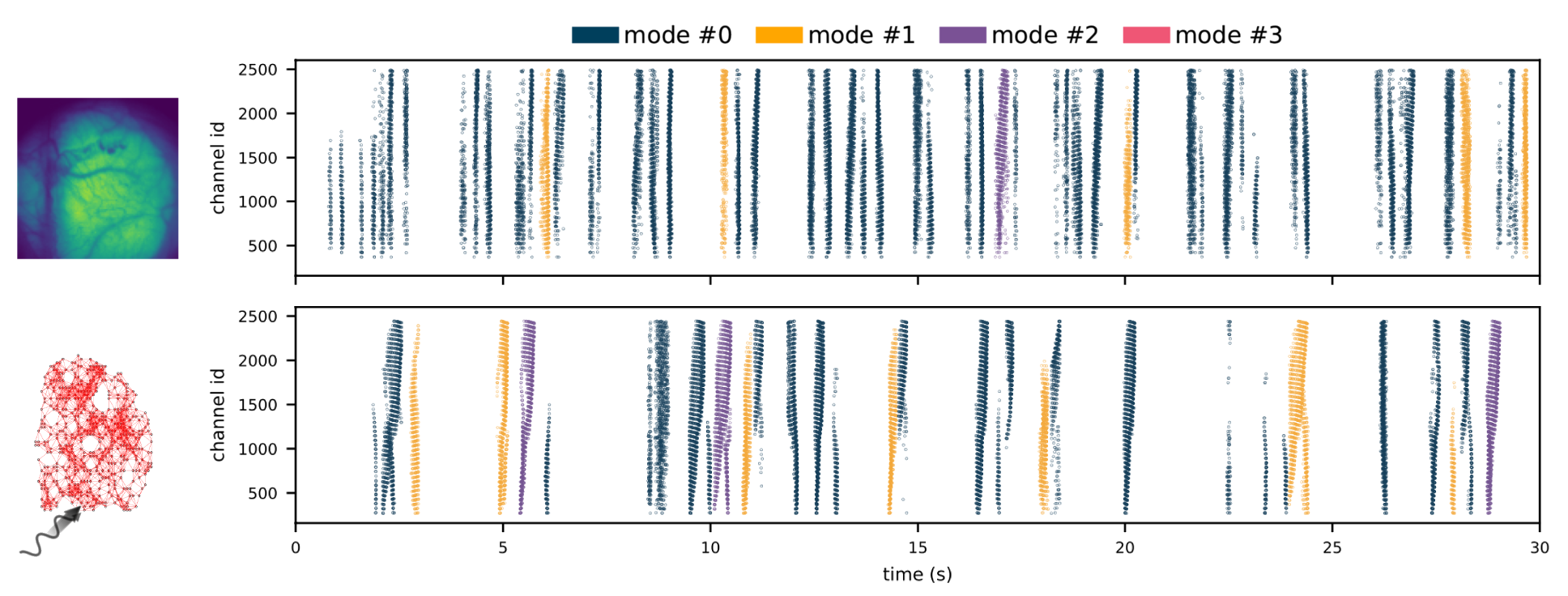
Application | Calibration & Validation of Model Simulations
Capone et al. (2023) Comm. Bio
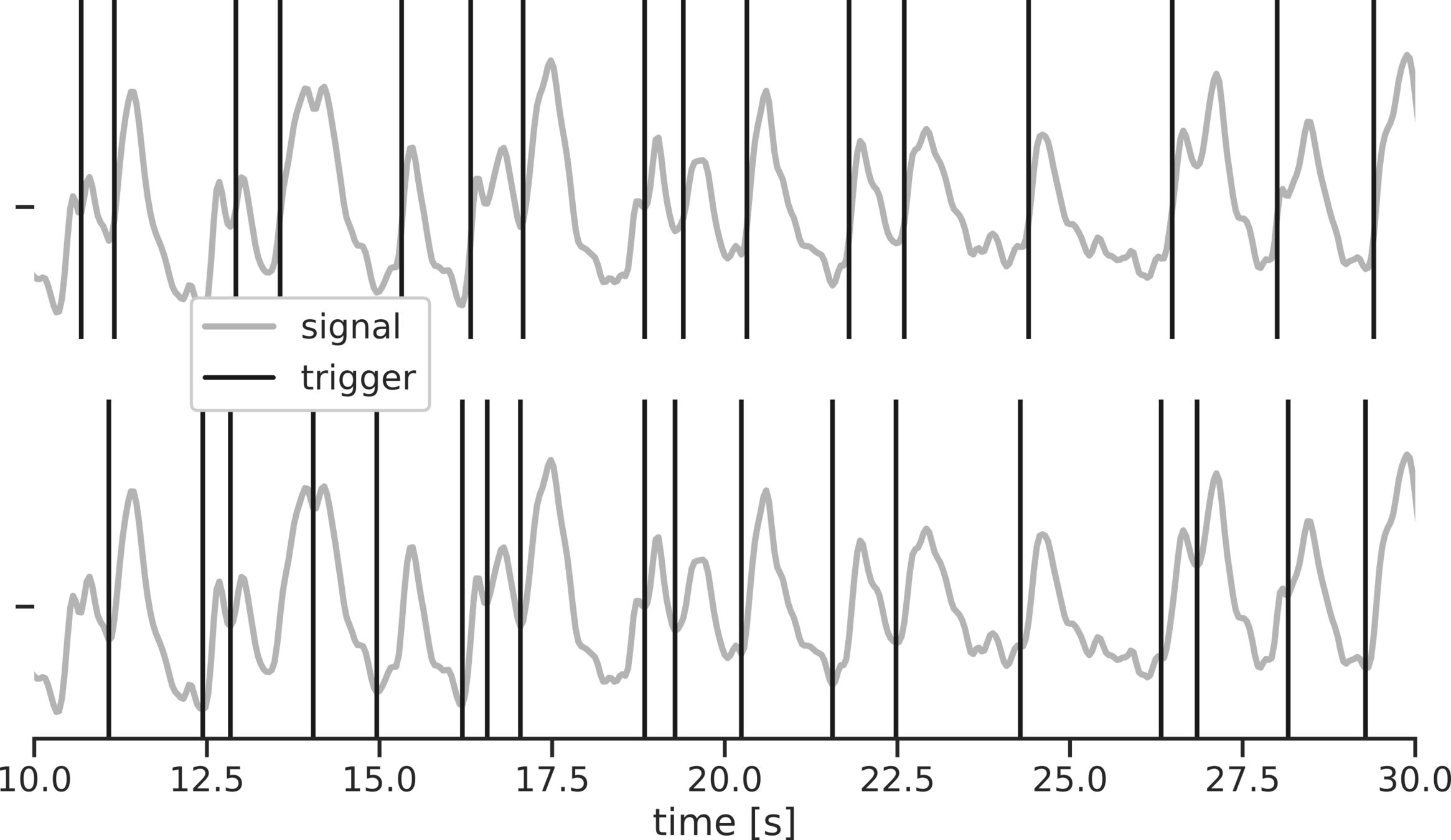
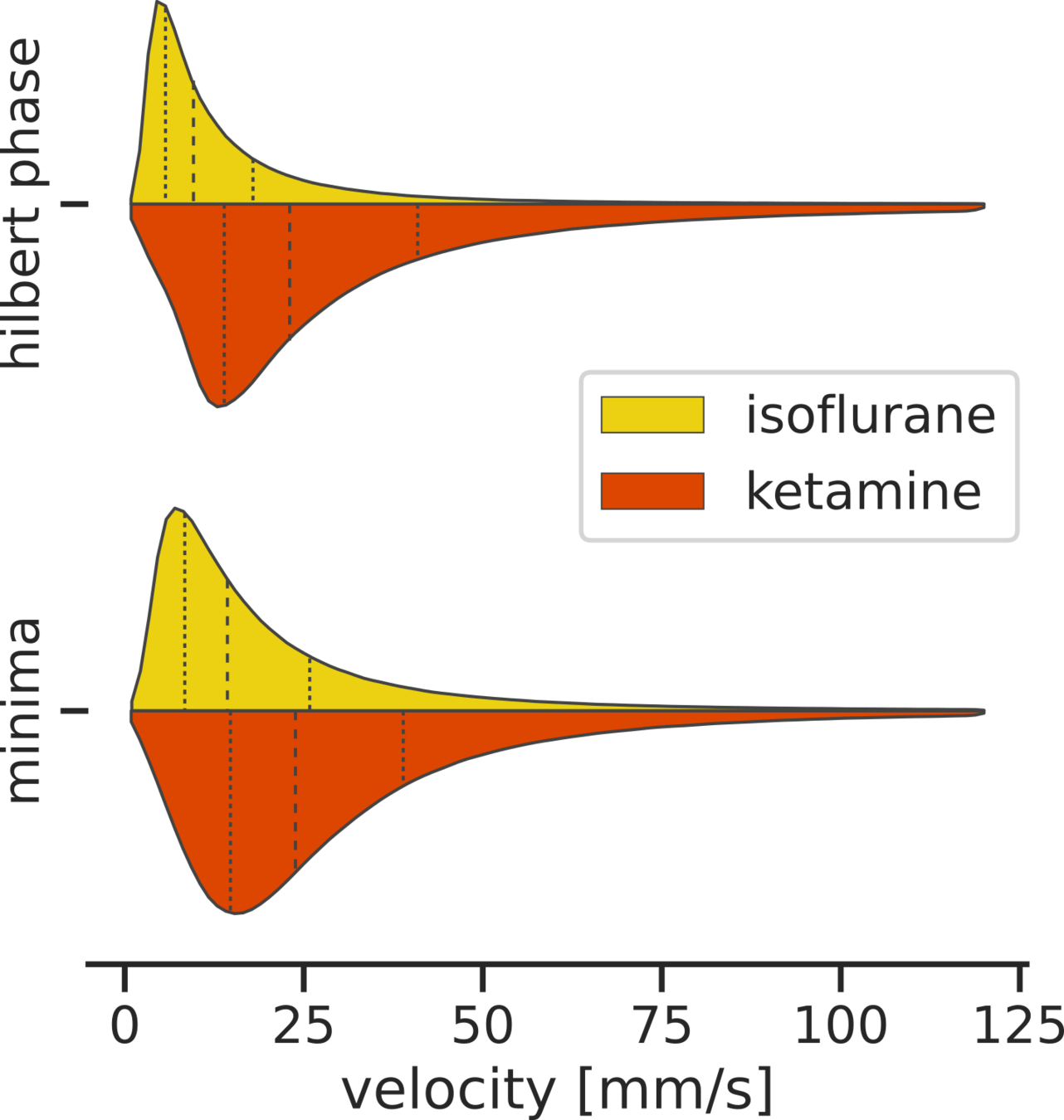
Application | Benchmarking of Analysis Methods
Gutzen et al. (2022) arxiv
hilbert phase
minima
different methods - same data
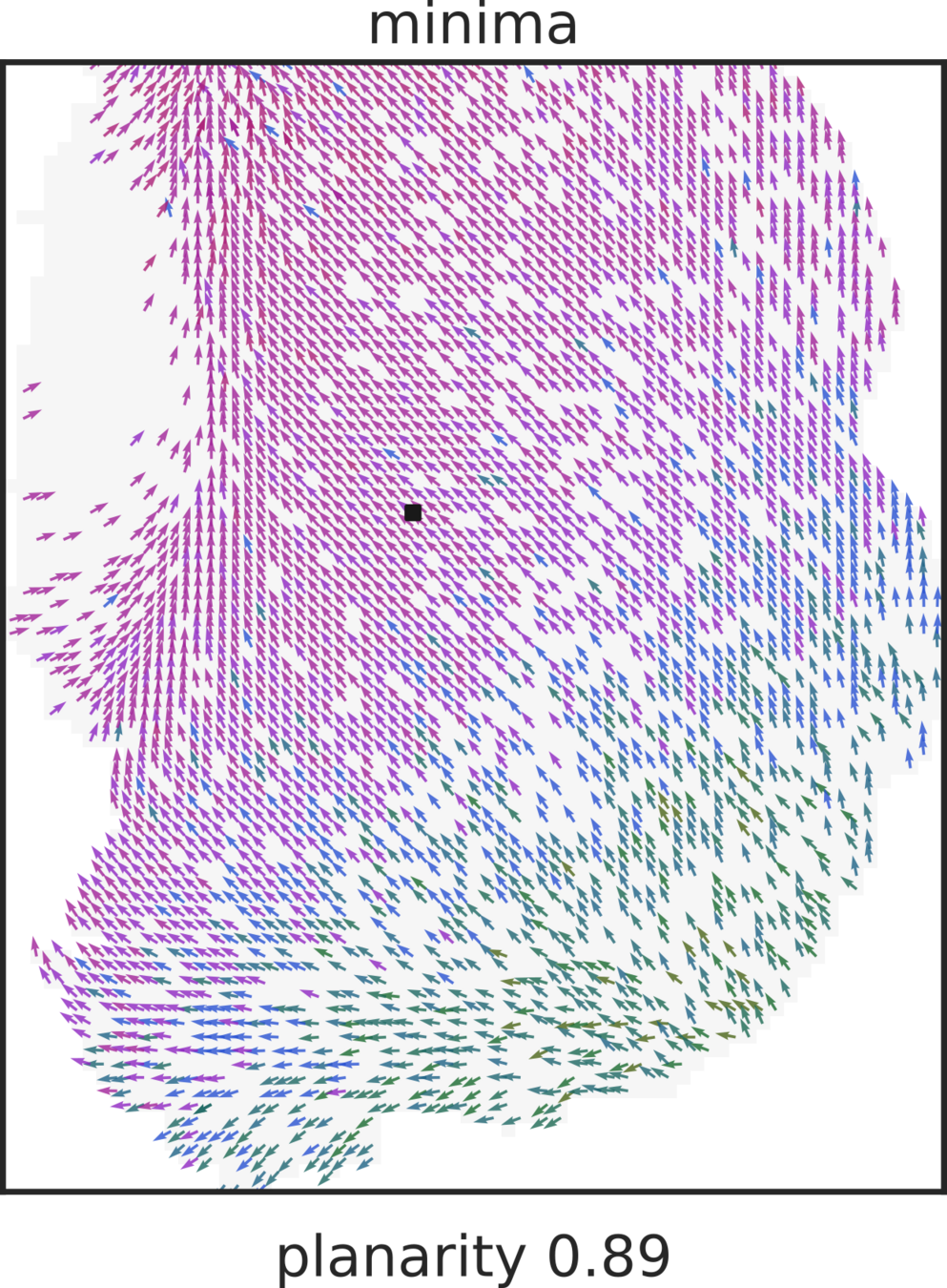
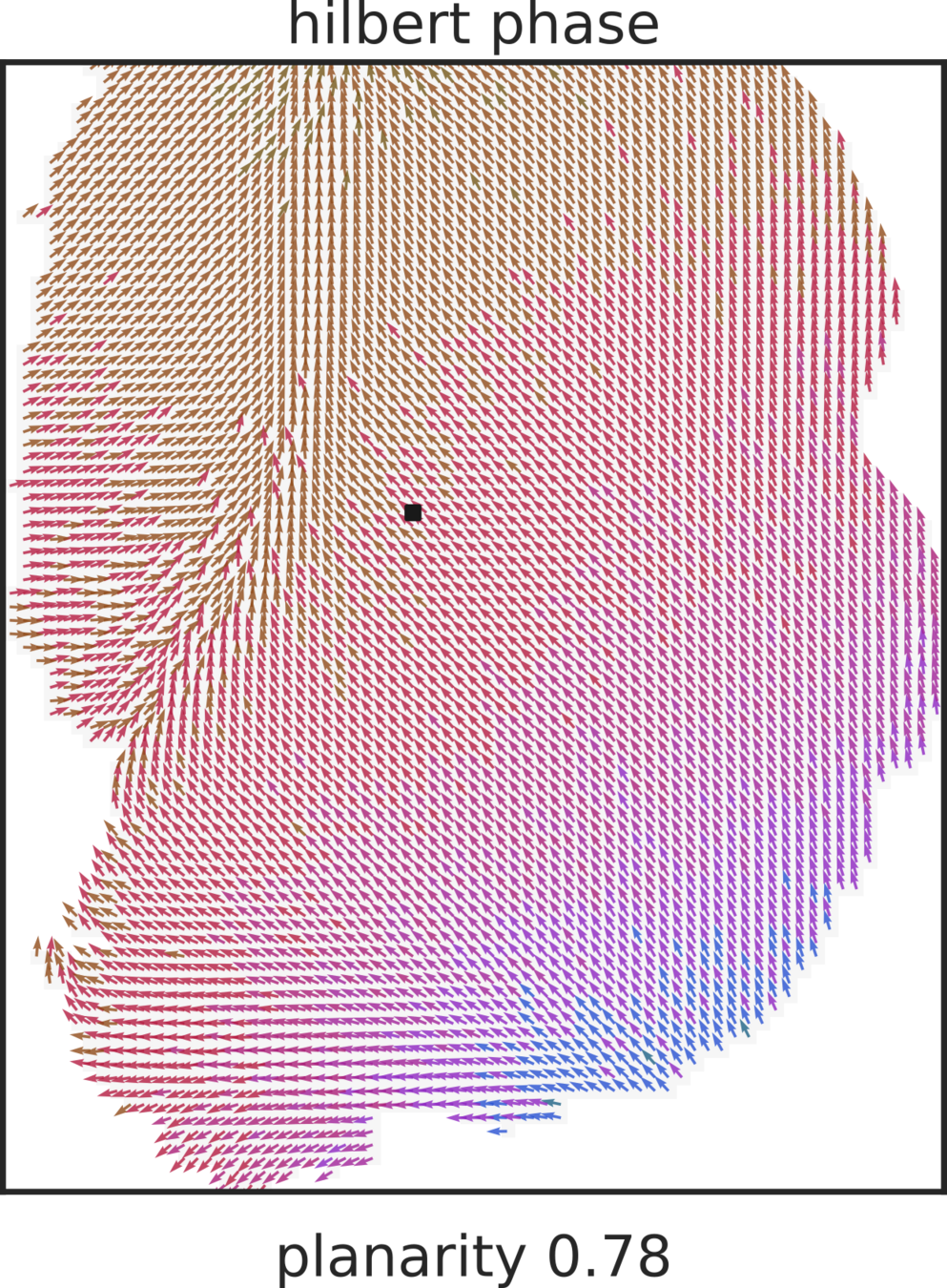
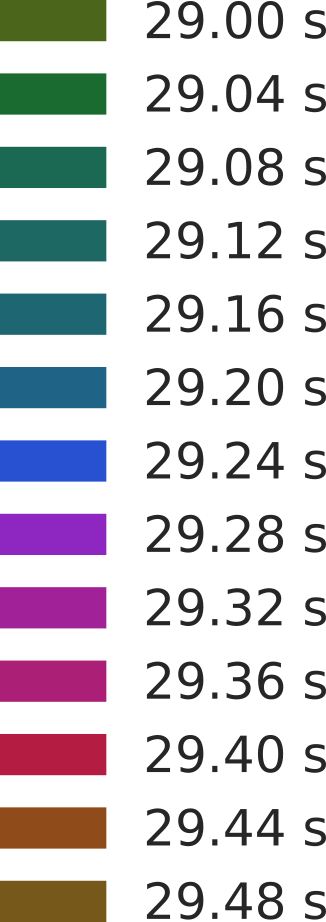
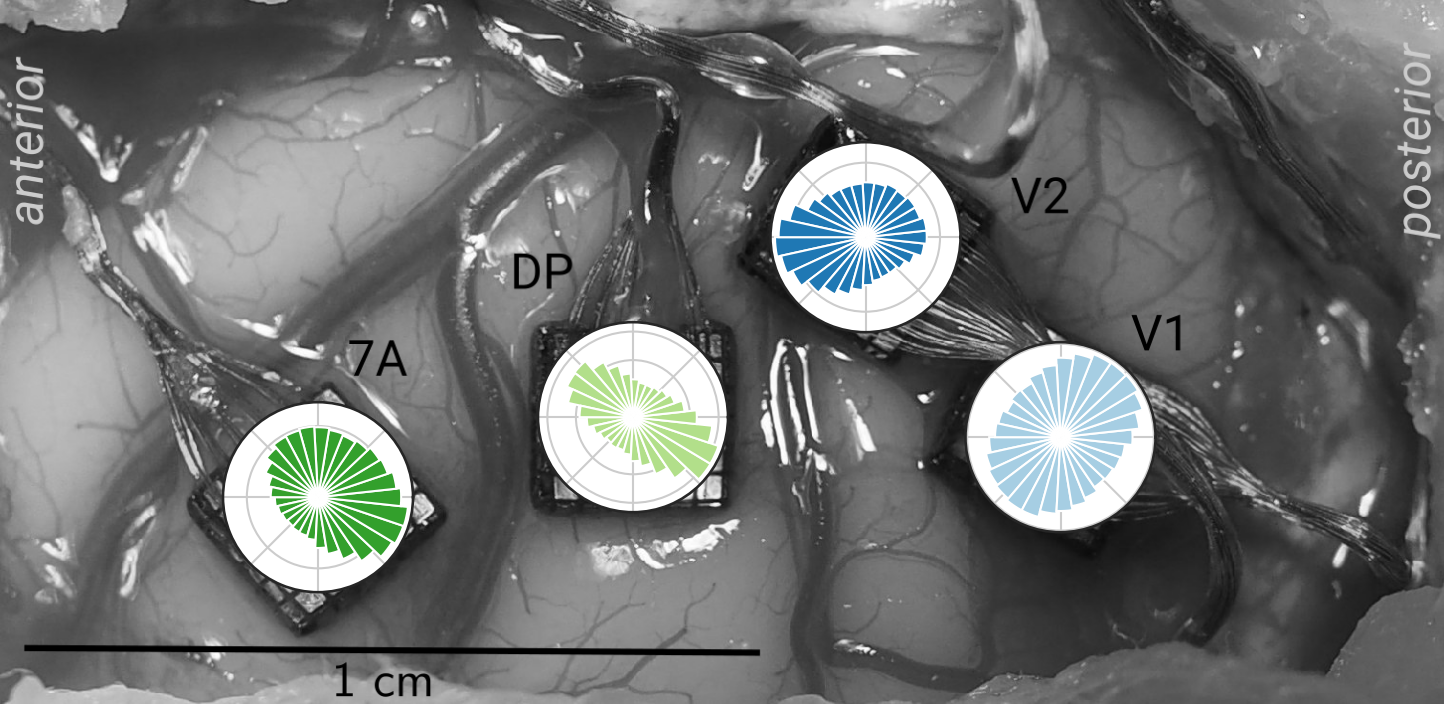
Implanted
Electrode
Arrays
Application | Linking Cortical Waves to Behavior
adapting to different measurement technique, species, wave types
Gutzen et al. (2023) in progress
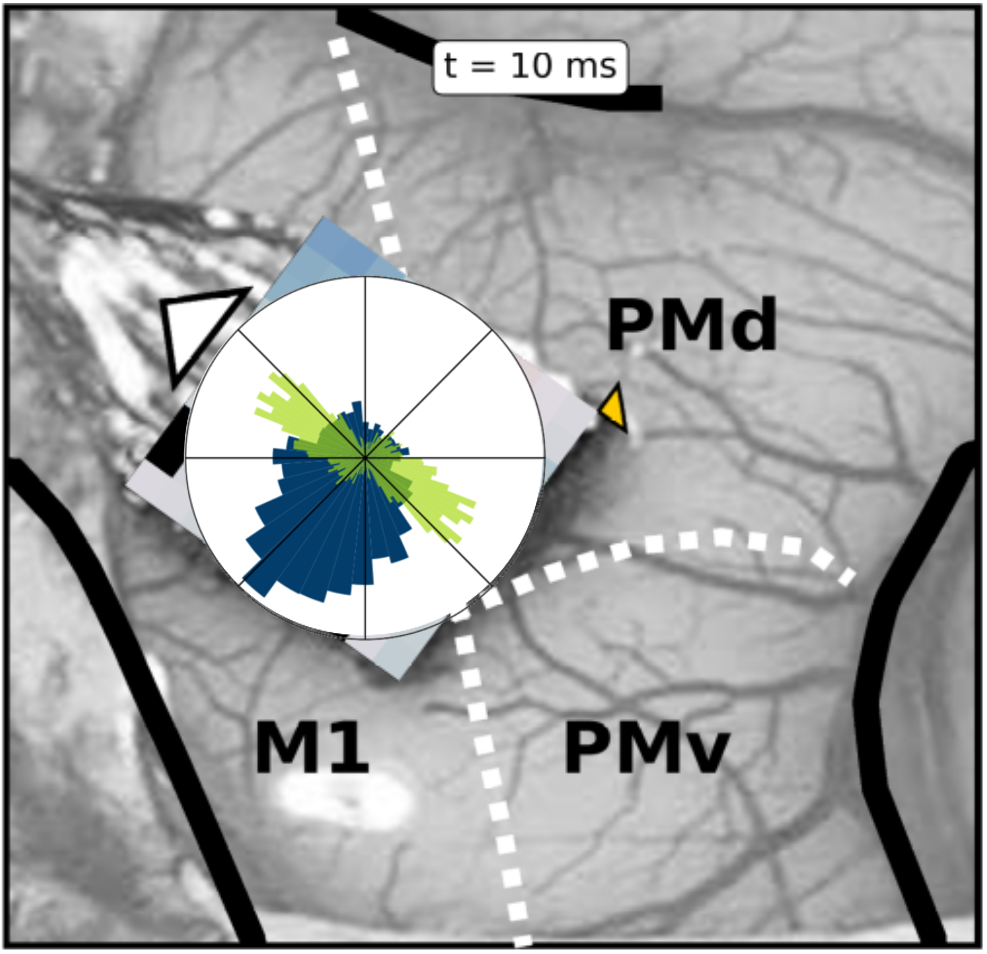
Implanted
Electode
Arrays
Application | Linking Cortical Waves to Spiking Activity
Figure adapted from Sven Krausse
extending previous analysis workflows with additional activity modalities
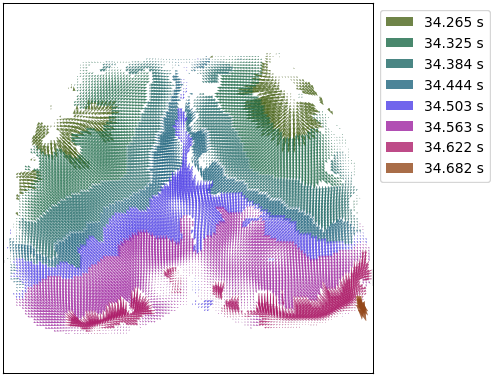
Calcium
Imaging
Application | Measuring Effects of Stroke on Sleep
porting workflows to applications in external labs
Figure adapted from Ben Miao & Eric Landsness

Summary







Comparability across Data Sources
Calibration & Validation
Method Benchmarking
Waves <-> Behavior
Waves <-> Spike Patterns
Waves <-> Disease States
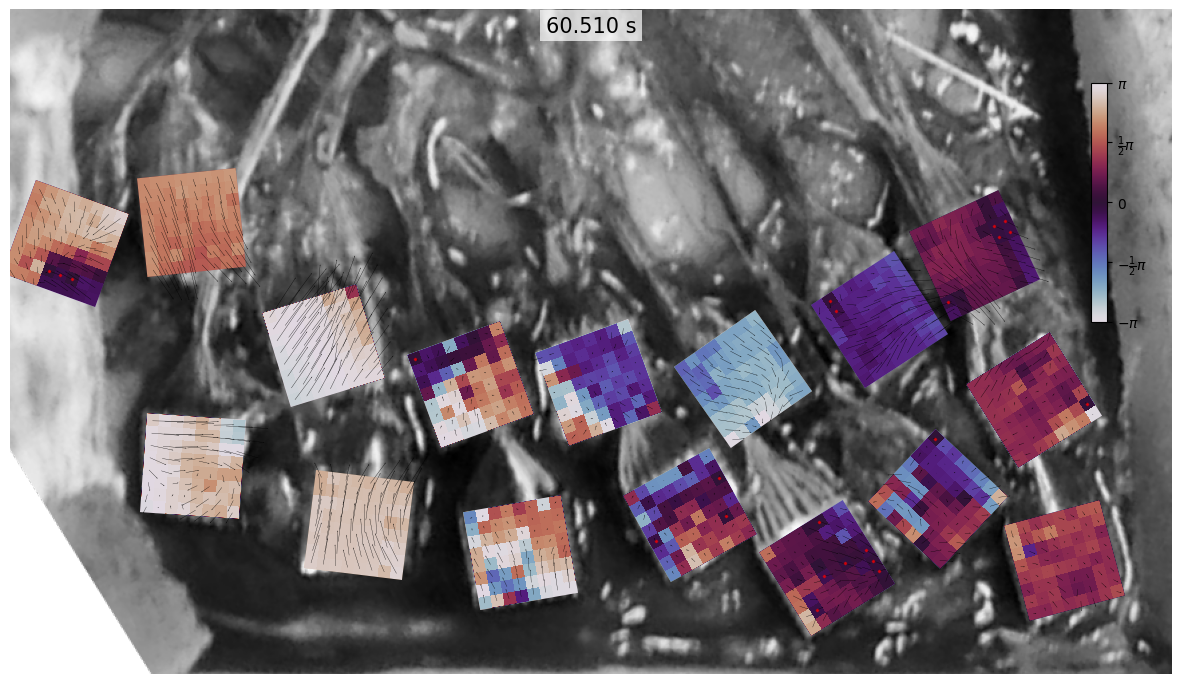
Adaption to
Different Wave Types
EEG
M EG
ECoG
Calcium
Imaging
Implanted
Arrays
Model
Simulation
...
Conclusion
- It is relevant to evaluate if specific neuroscience challenges are due to constraints in biology, technology, or philosophy and address them accordingly.
slides at rgutzen.github.io/publications/slides/2023-06-21_NBT
Robin Gutzen
(r.gutzen@fz-juelich.de)
- There are a lot of new insights possible, just by developing the appropriate computational tools. For research software, in particular, closer collaborative developments of academia and industry would be mutually beneficial.
-
"Newton said: 'If I have seen further than others, it is because I've stood on the shoulders of giants.'' These days we stand on each other's feet! You should do your job in such a fashion that others can build on top of it. [..] The essence of science is cumulative."
- Richard Hamming (1986)
Thanks to all Contributers and Collaborators
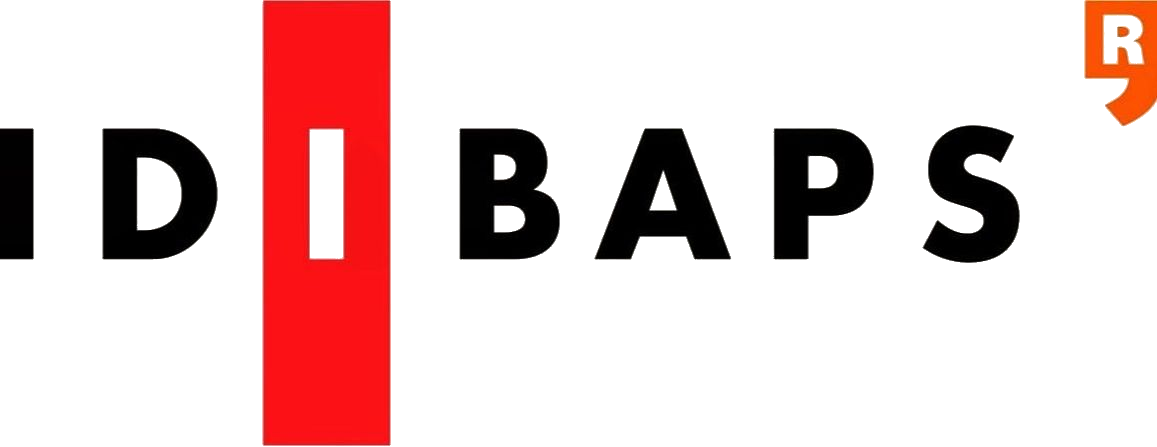
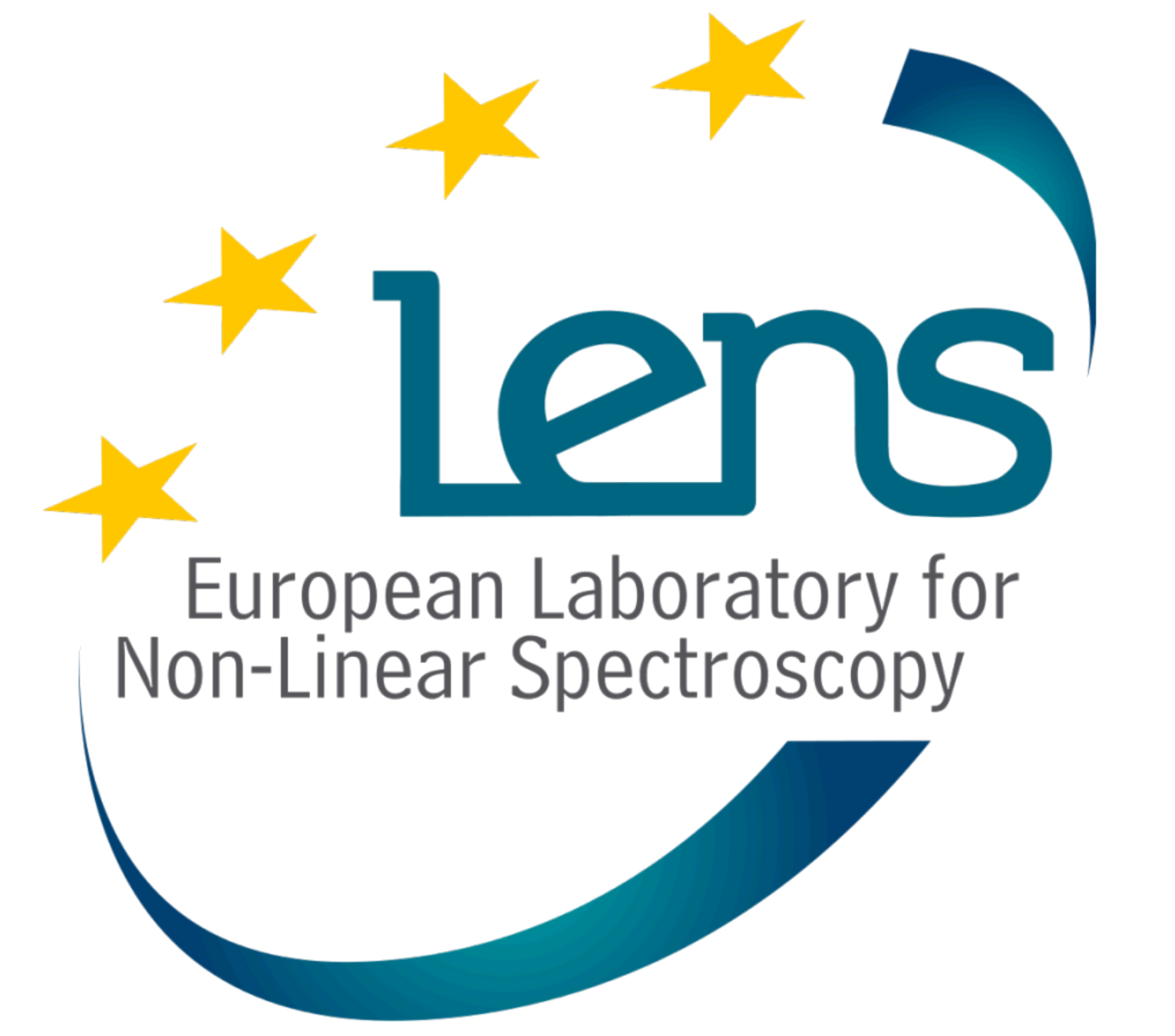
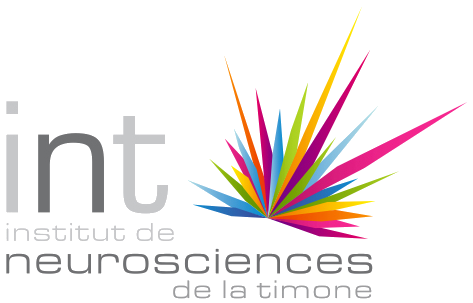
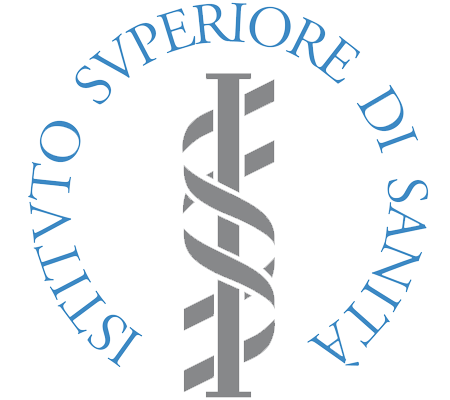
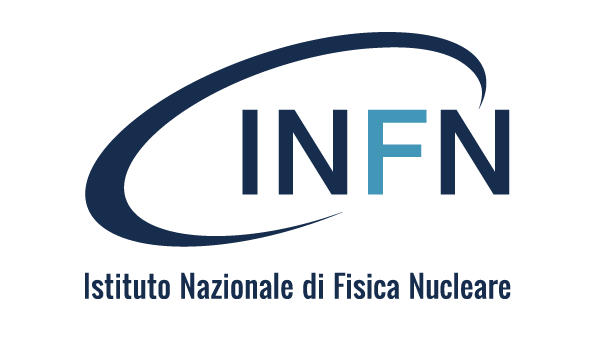
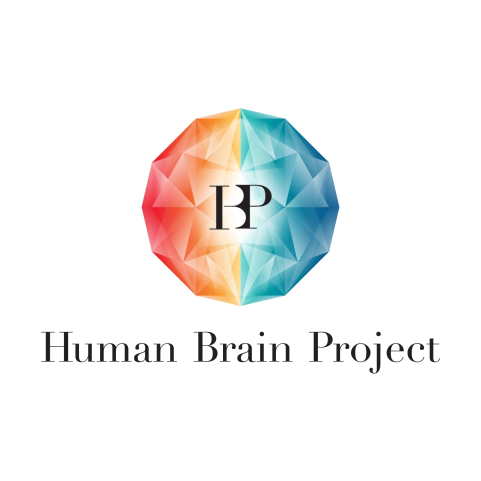
Giulia De Bonis
Cristiano Capone
Chiara De Luca
Elena Pastorelli
Pier Stanislao Paolucci
Michael Denker
Sonja Grün
Sven Krausse
Alessandra Stella
... and all of the INM-6
Anna Allegra Mascaro
Francesco Resta
Francesco Pavone
Eric Landness
Ben Miao
Thomas Brochier
Alexa Riehle
Frédéric Barthélemy
Julia Sprenger
Arnau Manasanch
Maria V. Sanchez-Vives
Maurizio Mattia
Andrew Davison